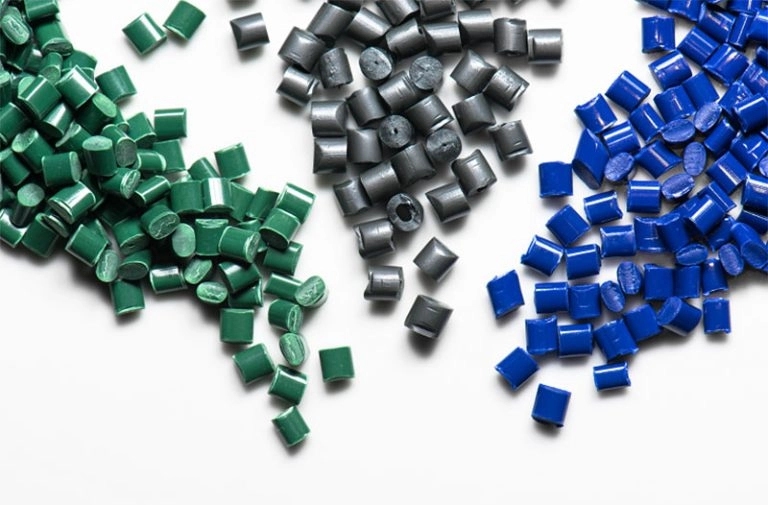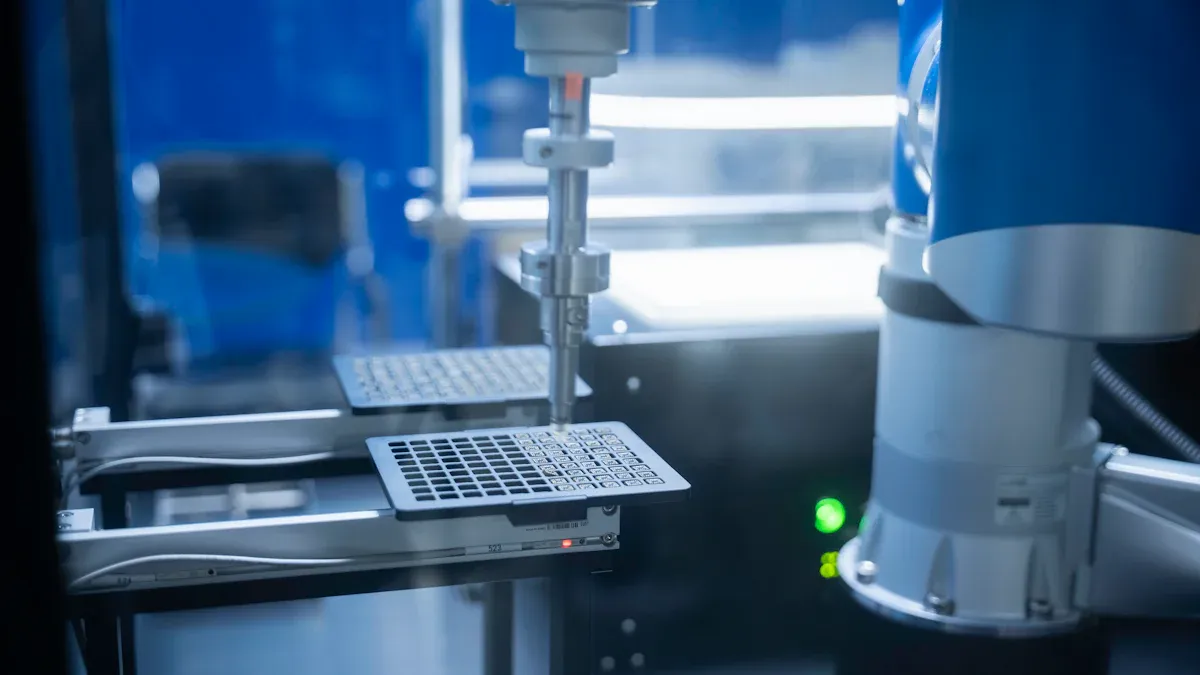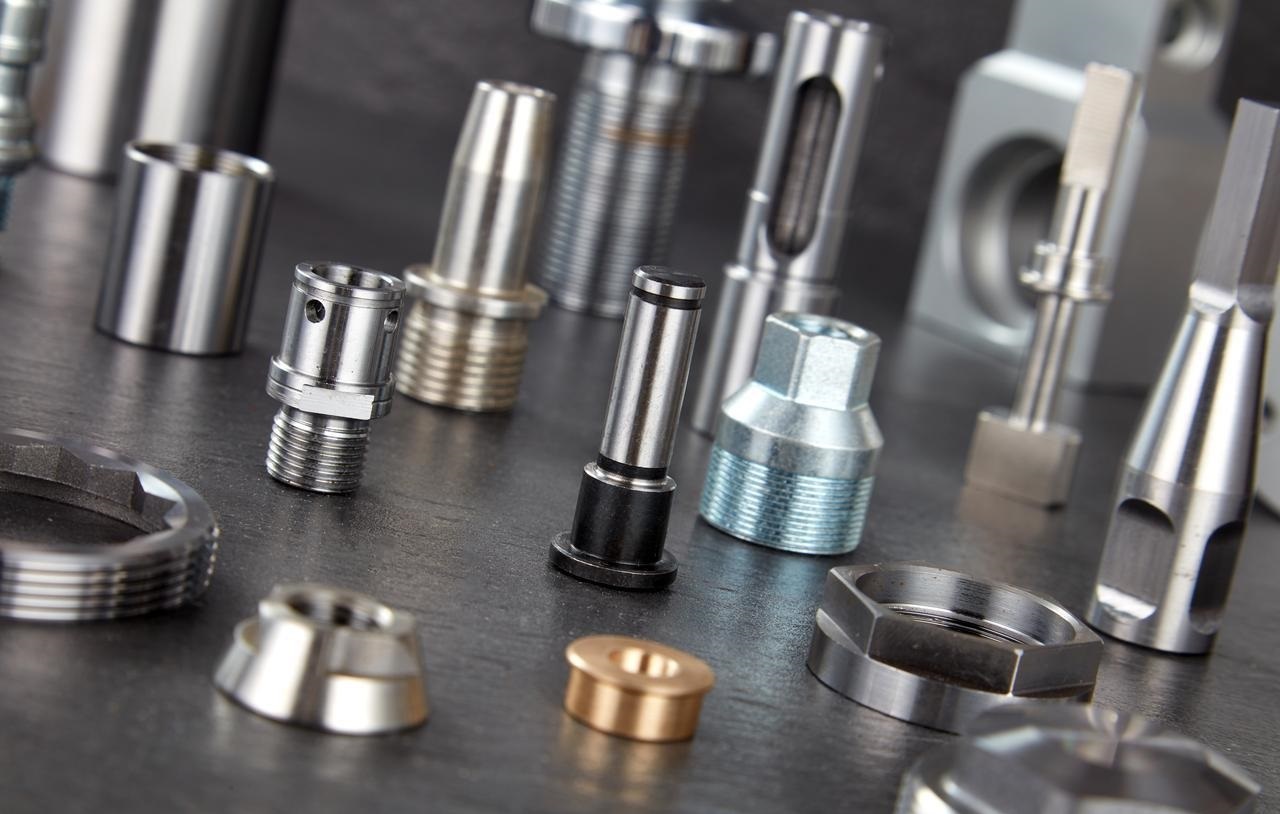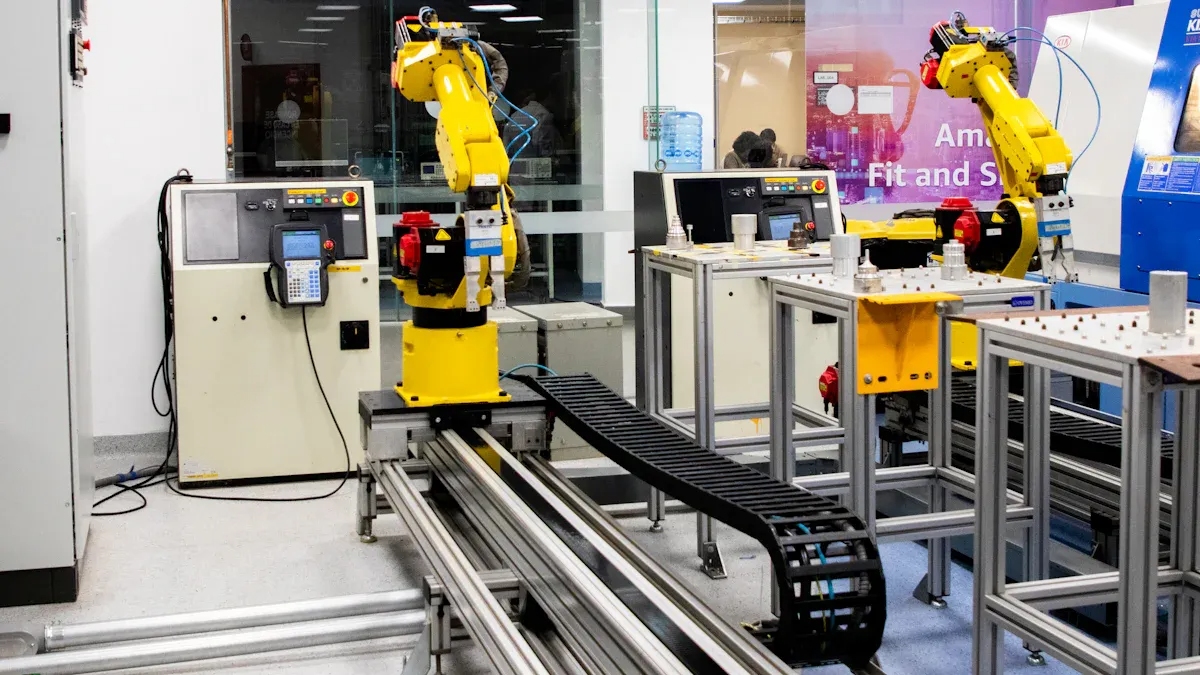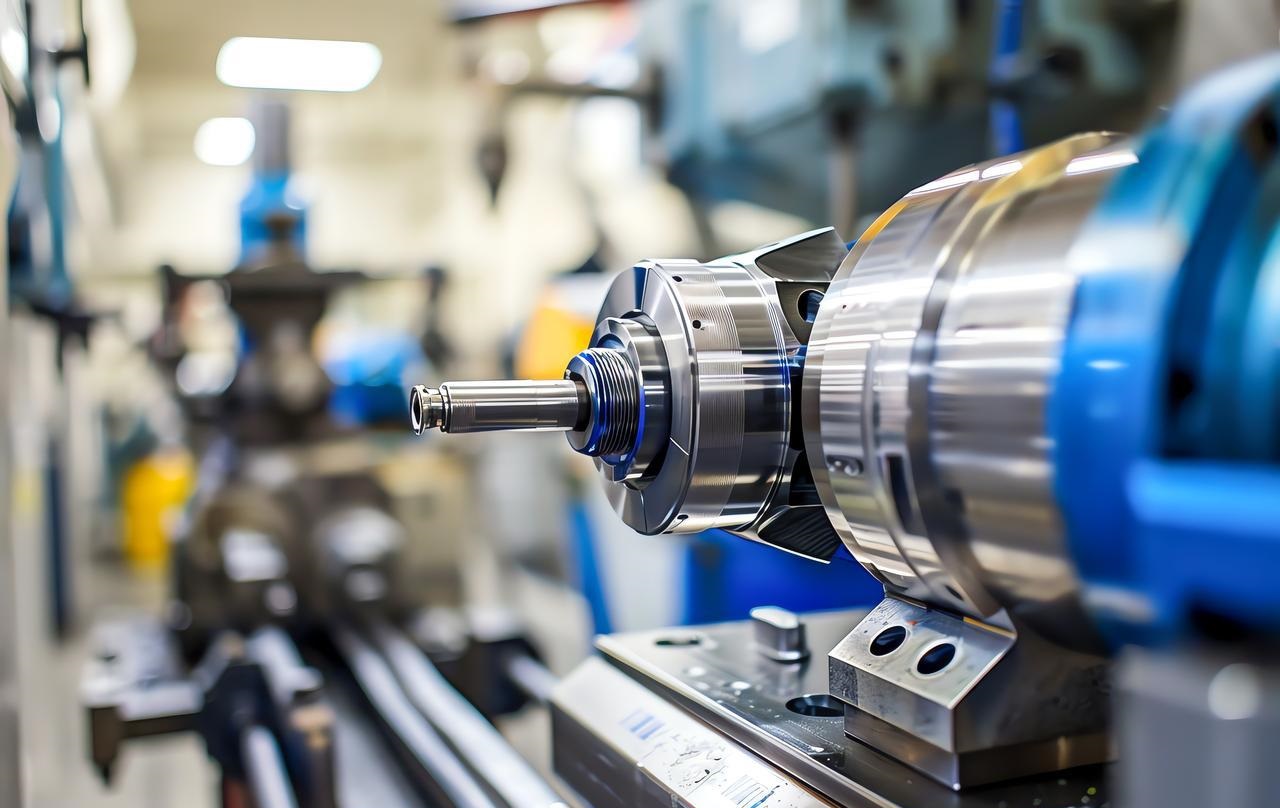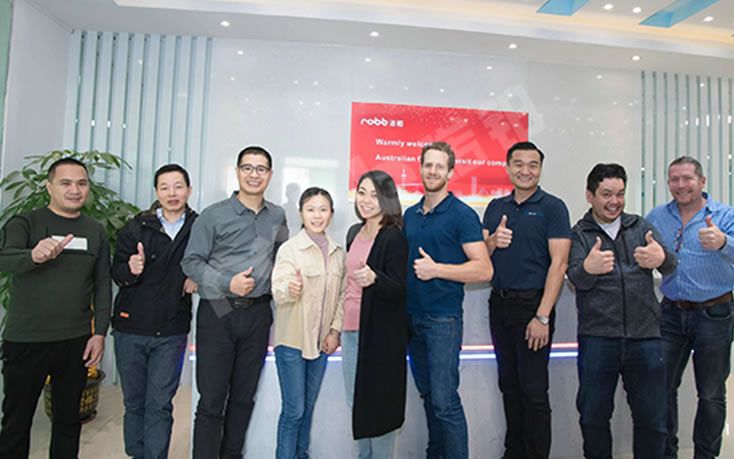If you need to make strong, lightweight parts with complex shapes, reaction injection molding is a good option. This method mixes two liquids: isocyanate and polyol. When combined, they react and form durable polyurethane parts. It works at lower pressure and temperature than regular injection molding. Because of this, it’s useful for making prototypes quickly. Many industries use it. For example, it is used to produce car parts such as bumpers and panels. It is also used in the medical field to make equipment parts. Companies like NOBLE in China offer custom production for both small and large projects.
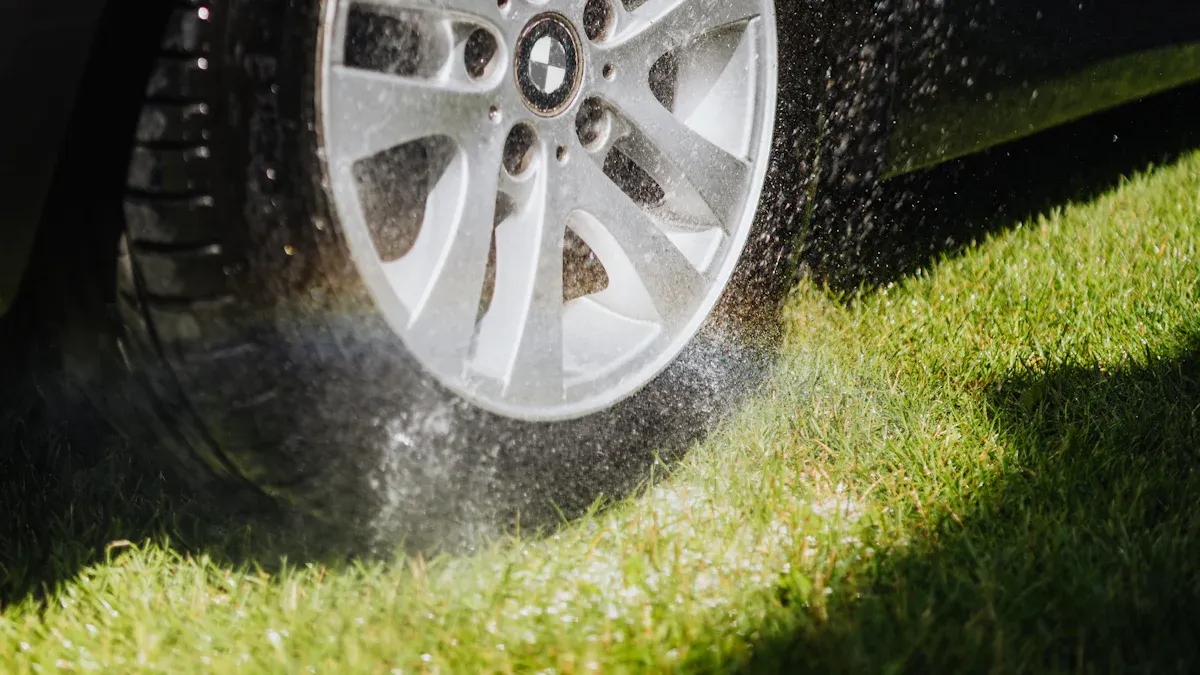
What Is Reaction Injection Molding
Core Process
When you use reaction injection molding (RIM), the process begins with two liquid chemicals. These are called isocyanate and polyol. They are mixed right before being poured into a mold. Inside the mold, the two liquids react with each other. This reaction creates heat and turns the liquids into a solid. The part is made from thermoset polyurethane. Once it cools down, it becomes strong and stable. It will not melt or change shape again, even under heat.
You might ask how this process is different from regular injection molding. The table below gives a simple comparison:
| Aspect | Reaction Injection Molding (RIM) | Traditional Injection Molding |
| Chemical Process | Mixes two liquids that react and cure into a solid thermoset part. | Melts plastic pellets and cools them into shape. |
| Pressure and Temperature | Uses low pressure and low temperature. | Needs high pressure and high temperature. |
| Material Type | Makes thermoset foam that cannot be melted again. | Uses thermoplastic that can be melted and reused. |
| Part Characteristics | Handles large parts, different wall thickness, and complex shapes. | Works best with smaller, uniform parts. |
| Tooling | Uses less expensive aluminum molds. | Needs costly steel molds. |
| Cycle Time and Production | Slower, best for small to medium runs. | Faster, good for high-volume runs. |
Reaction injection molding makes it easier to create larger parts with complex shapes. It works well for rapid prototyping and prototype machining. This is useful when you need custom parts made quickly. It is often used for car components and medical devices. These parts usually have special shapes and need strong, lightweight materials.
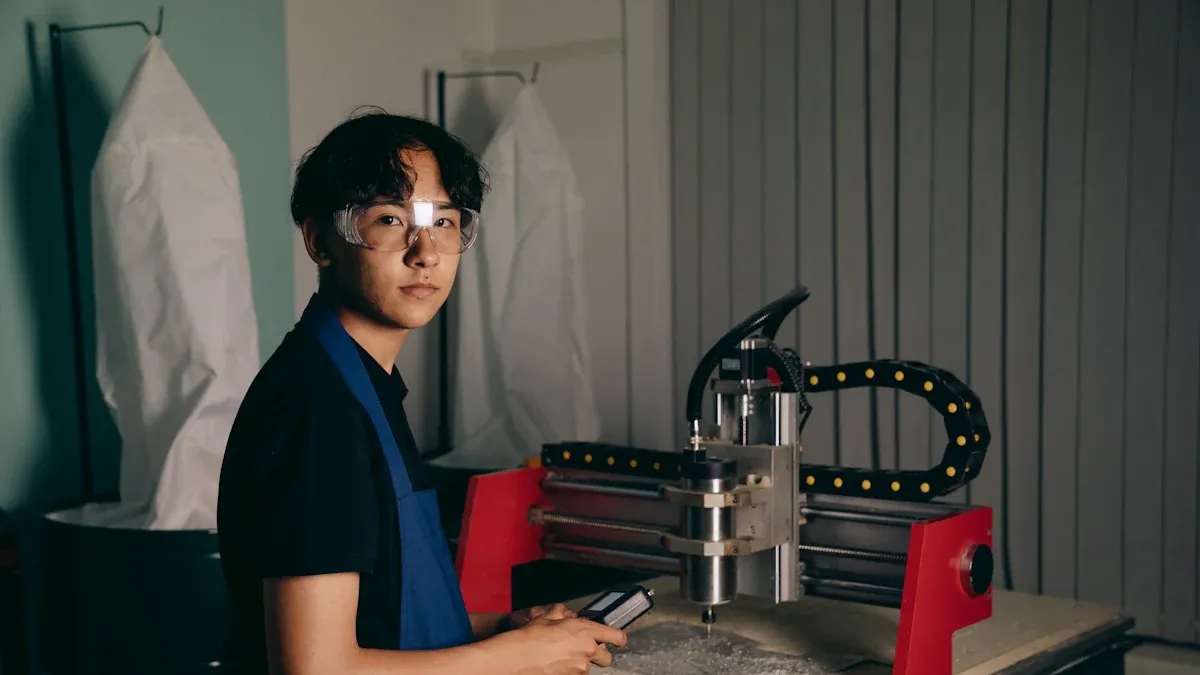
Key Features
One great thing about reaction injection molding is that it’s very flexible. You can make a part with both thin and thick walls in one piece. Regular injection molding doesn’t work well with that. It usually needs all the walls to be the same thickness. If they’re not, you can get problems like warping or sink marks. But with RIM, this isn’t a big issue. You can design parts more freely without worrying about uneven wall thickness.
Now, let’s take a closer look at wall thickness:
| Molding Process | Typical Wall Thickness Range (inches) |
| Traditional Injection Molding | 0.06 to 0.1875 |
| Structural Foam Molding (RIM) | 0.1875 to 0.5 |
With reaction injection molding, you can make parts that have different wall thicknesses at the same time. This is very useful for car parts like bumpers and dashboards. These parts need to be both strong and lightweight. You can also add features like ribs, bosses, or metal inserts. These give the part extra strength or special shapes. Because of this, RIM is also a good choice for medical devices or robot parts that have special design needs.
If you need a prototype factory in China that can handle custom shapes and quick changes, NOBLE is a strong option. We have the tools and experience to help with prototype manufacturing. We can make just a few samples or a larger batch, depending on your needs.
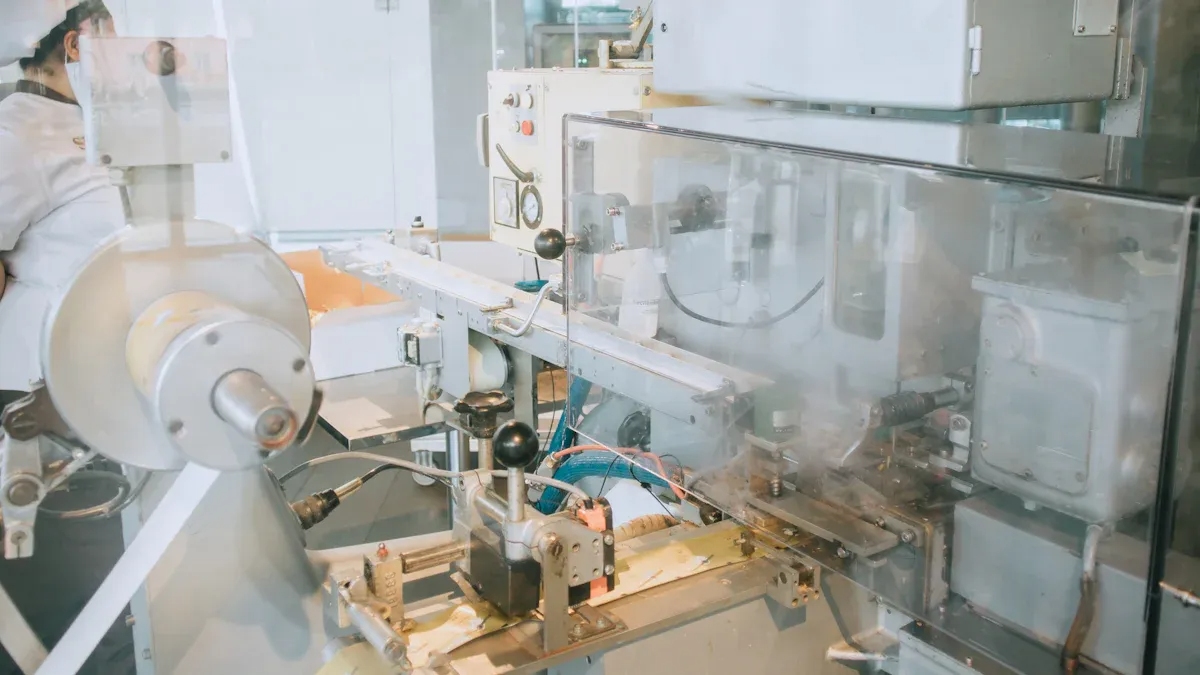
RIM can also be used to make very large parts. Some parts can be several feet long. The surface comes out smooth, and the material stays strong over time. That’s why many companies use RIM to make prototypes for cars and medical equipment. It gives you strong, light, and complex parts without the high cost of steel molds.
If you are looking for a fast way to do rapid prototyping or need a trusted prototype supplier in China, you can rely on NOBLE. We support you from the design stage to the final parts. This makes the whole process faster and easier.
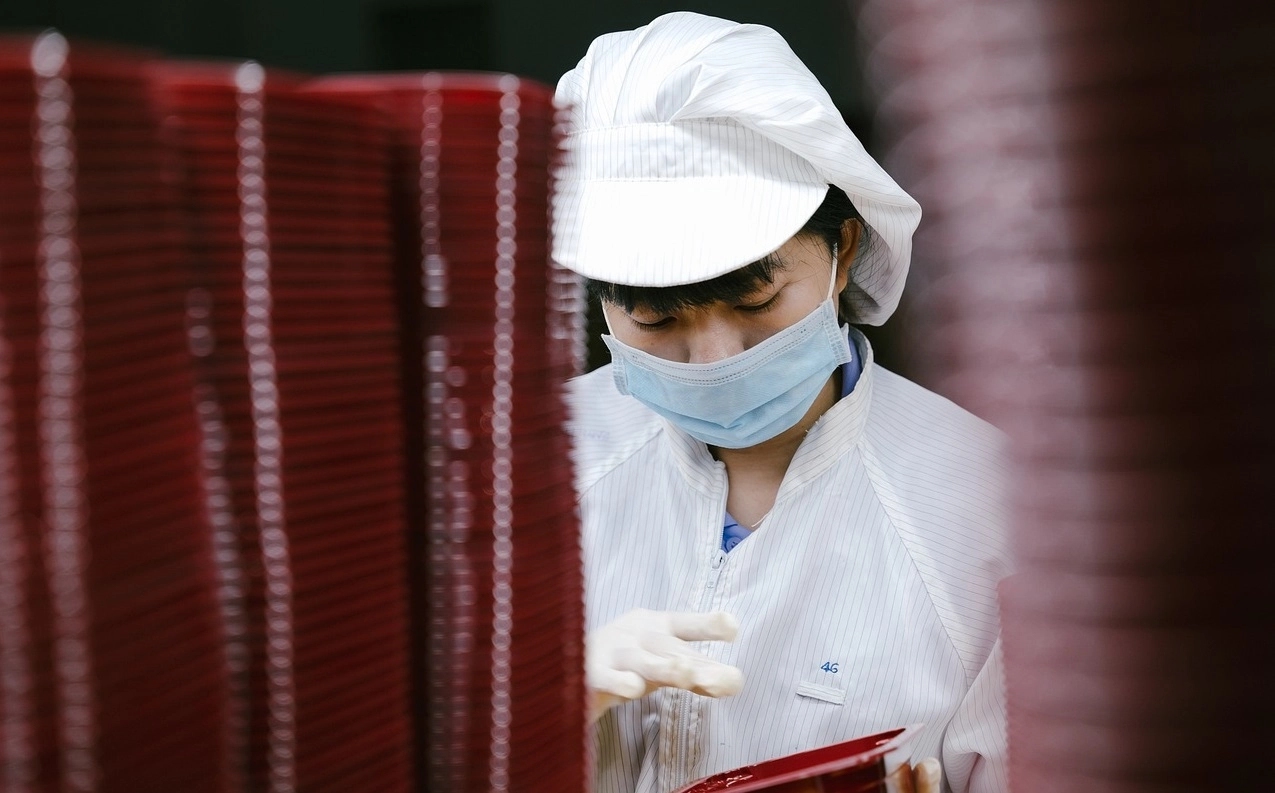
How Reactive Injection Molding Works
Process Steps
Let’s take a look at how reaction injection molding works. The steps are easy to understand, but each one is important. This process is a smart way to make strong, lightweight parts. It is often used for car components and medical devices.
- Material Preparation
The process starts with two liquid materials: polyol and isocyanate. Each one is stored in its tank. The tanks keep the liquids at the right temperature. This helps maintain their quality and keeps them ready for use. - Metering and Mixing
Next, machines measure the correct amount of each liquid. Then, a high-speed mixer blends them quickly. Proper mixing is very important. It helps make sure the final parts are strong and consistent. - Injection into Mold
The mixed liquid is injected into a mold. The mold is warm, but not extremely hot. High pressure is not needed. The liquid flows easily and fills the entire mold, even small details. - Expansion and Curing
Inside the mold, the two liquids react. They expand and begin to harden. As the part cures, it becomes solid, strong, and stable. This step usually takes only a few minutes. - Demolding and Finishing
Once the part cools, the mold is opened. The finished part is removed carefully. After that, it may be trimmed, painted, or cleaned. Now the part is ready to be used in a car, robot, medical device, or other product.
If you want to make a rapid prototype, NOBLE can help. Our team of specialized engineers can help you every step of the way, from mixing to completion.
Materials Used in Reaction Injection Molding
You can choose from many different materials when using reaction injection molding. The most common choice is polyurethane. It comes in many forms. Some types are soft and flexible. Others are hard and rigid. Some have a foamy core with a tough outer skin. This makes them lightweight but strong.
Other materials are also available. These include polyamides, fiber-reinforced composites, silicone, and polyester. Each one has unique properties that make it useful for certain parts or products.
Here is a simple table showing some common materials and what they are good for:
| Material Type | Key Properties | Typical Applications |
| Polyurethanes | Can be soft or hard, has great impact resistance, is good for coloring, and surface finish | Car bumpers, medical device housings, robot parts |
| Polyamides | Strong, tough, good for recycling | Automobile parts prototyping, protective casings |
| Fiber Composites | Extra strong and light, uses glass or carbon fibers | Automotive panels, aerospace parts |
| Silicone | Handles heat, flexible, safe for medical uses | Medical implants, electrical insulators |
| Polyester | Durable, cost-effective, resists chemicals and stress | Car components, construction, marine parts |
You can pick the best material for your project. This helps when making medical parts, robot parts, or car prototypes. NOBLE, a leading prototype supplier in China, can help you choose the right material.
Equipment
Reaction injection molding does not need large or complex machines. The equipment is simpler than what regular injection molding uses. Here is what you usually find in a typical RIM setup:
| Aspect | Reaction Injection Molding (RIM) | Traditional Injection Molding |
| Material State | Low-viscosity reactive liquids | Melted thermoplastic polymers |
| Operating Pressure | Low pressure (~50 psi) | High pressure (5000 psi or more) |
| Equipment Components | Liquid conditioning system, metered pumps, mixing heads, mold carriers | Melting units, high-pressure injection units, heated molds |
| Mold Design | Made for liquid chemicals and reactions, often cooled | Made for hot plastic, usually heated |
| Machine Size and Clamping Force | Smaller machines, less force needed | Larger machines, more force needed |
| Mold Cost | Less expensive molds | More expensive molds |
| Process Control | Temperature and shot time controls, alarms | Standard temp and pressure controls |
| Safety and Handling | Special care for reactive chemicals | Standard plastic handling |
| Prototyping | 3D printed molds work well | 3D printed molds less common |
Reaction injection molding works well for small to medium production runs. Most companies make between 100 and 5,000 parts per year this way. This makes RIM a good choice for prototype manufacturing, custom car parts, and low-volume medical parts.
Note: You don’t need to buy expensive machines to make these parts. A trusted company like NOBLE in China can handle everything for you. They offer services from rapid prototyping all the way to full production.
Pros and Cons
Advantages of Reaction Injection Molding
When you choose reaction injection molding, you get many benefits. These advantages can make your project easier and better.
- You can make parts that are both light and strong. This is perfect for car parts like bumpers or dashboards. These parts need to be tough but not heavy.
- You have many design options. You can create large parts with both thick and thin walls. You can add ribs, bosses, or metal inserts. You can also make shapes that other methods cannot.
- The parts handle impacts and chemicals well. They also resist heat. They stay strong and look good for a long time.
- You don’t have to spend much on molds. The molds cost less than those for regular injection molding. This helps if you only need a few parts or want to make a prototype.
- If you need to change your part, it is easy and affordable. This is useful when making new medical or robot parts.
- You can choose soft, flexible parts or hard, stiff ones. It depends on what your project needs.
NOBLE is a top prototype factory in China. They can help you get these benefits. They offer custom machining and fast work for both samples and full production parts.
Cons of Reaction Injection Molding
Even though reaction injection molding has many advantages, it also has some limitations.
- You can only use thermosetting materials. This means your material choices are more limited than with some other methods.
- Sometimes the surface of the part is not perfectly smooth. The material expands inside the mold and shows every detail. If you want a shiny finish, the mold needs to be polished. This can increase the cost.
- If you need to make a large number of parts, the cost per part may be higher. Other methods like multi-cavity injection molding or 3D printing might be cheaper for very large or very small runs.
- Some common issues can occur, such as flow lines, sink marks, weld lines, or warping. Good design and careful processing can reduce these problems, but they may still appear.
If you are unsure which process to choose, the team at NOBLE can help. They have strong experience making robots, medical, and car parts. They will work with you to get the best results for your project.
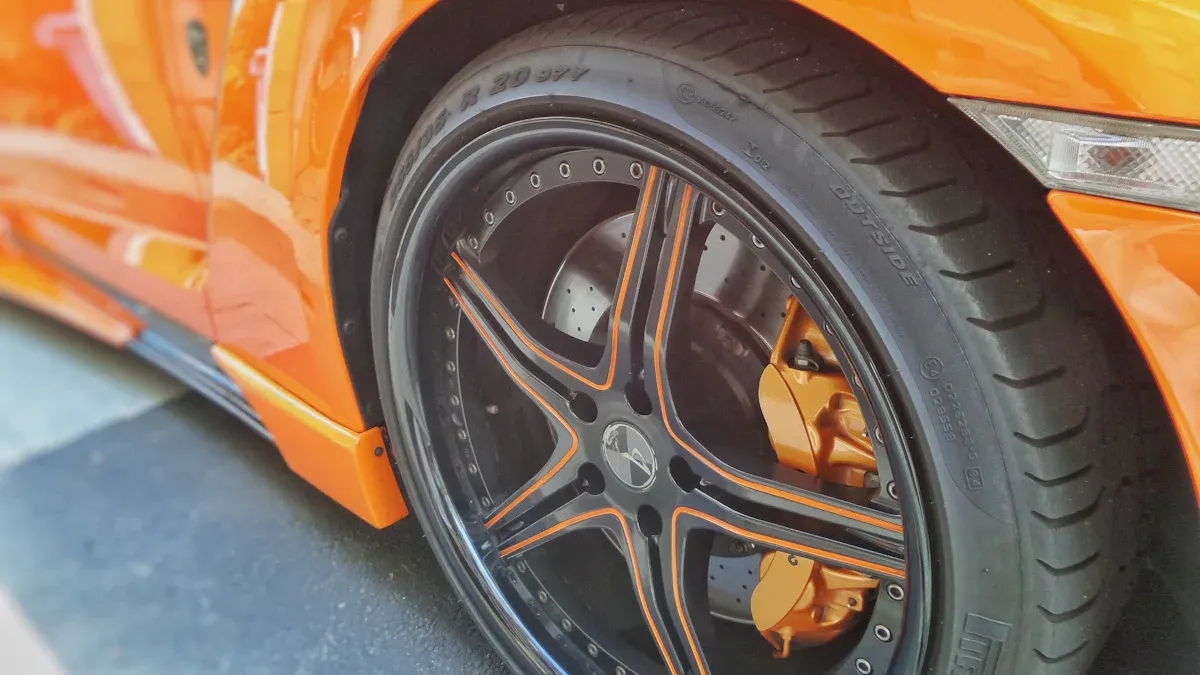
Industry Applications of Reaction Injection Molding
Reaction Injection Molding for the Medical and Healthcare Industry
Reaction injection molding is widely used in hospitals and labs. These places need covers for large machines like CT scanners, MRI machines, and dialysis units. RIM can make these covers as one piece, even with complex shapes and fine details. It also makes housings for medical carts and surgical robots. Parts for mammogram machines are made this way too.
The process uses low heat and low pressure. This allows molding around sensitive parts like batteries, circuit boards, or even glass components.
Here is a table that shows how RIM helps in making medical devices:
| Application Area | Examples of Medical Devices and Parts | Benefits of RIM in Medical Manufacturing |
| Medical Device Covers | CT scanners, MRI machines, dialysis machines, surgical robots, medical carts | Makes big, complex parts in one go; handles tricky shapes; parts are strong, light, and resist chemicals |
| Device/Electrical Enclosures | Housings for electronic medical devices | Protects sensitive electronics; works with batteries, circuit boards, and RF parts; meets UL 94 V0 safety rules |
| Structural Parts | Structural components for medical devices | Good for small or medium runs; uses strong polyurethane materials |
If you need a prototype factory, NOBLE can help. They make custom covers and enclosures quickly.
Reaction Injection Molding for the Automotive Industry
Car makers use reaction injection molding for both inside and outside parts. You can get bumpers, spoilers, and airbag covers. These parts are strong but lightweight. RIM lets you design parts with interesting shapes. You can also use different wall thicknesses in one part. This is great for testing new car ideas. The process is fast and saves money. You can make custom parts without long wait times. Since car designs change quickly, RIM supports short production times and flexible designs. NOBLE can help you make car parts fast.
Reaction Injection Molding for the Aerospace Industry
Airplane parts need to be strong and light. RIM helps achieve this. It can make large, thin parts like cabin trim and air ducts. You can also make antenna covers. The process uses low-cost molds and low pressure, saving money and time. RIM parts have a tough outside and a light inside. This helps them last long and handle stress well. You can join many parts into one, which makes assembly easier. If you need airplane or robot parts, NOBLE can help with design and manufacturing.
- RIM lets you make big, light parts with complex shapes.
- You can use different wall thicknesses in a single part.
- The process keeps mold costs low and setup times short.
Reaction Injection Molding for the Electronics and Electrical Industry
RIM works well for housings and panels in electronics. You can design parts with curves and varied wall thicknesses. You can place circuit boards or batteries inside during molding. This protects fragile components and keeps your designs safe from copying. RIM parts have fewer seams, so they look better and stay cleaner. You also need fewer metal frames, which saves time and money. If you need a prototype company in China, NOBLE can help you make electronic parts.
Tip: RIM allows you to design complex parts for many industries. If you want to try rapid prototyping, NOBLE is ready to help.
Prototype Machining
Benefits
If you want to make prototypes quickly and save money, reaction injection molding is a good choice. It works well for rapid prototyping and making small batches of parts. The process uses low pressure and cheaper molds. This means you don’t spend a lot upfront. You can get your parts in just a few days. This helps you test new ideas for car or medical parts fast.
Here is a table that shows why this process is good for prototypes:
| Aspect | Why It Matters for Prototyping |
| Tooling Cost | Lower than regular injection molding |
| Mold Materials | Cheaper GRP molds for prototypes |
| Cycle Time | Fast—5 to 15 minutes per part |
| Design Changes | Easy to update molds for new versions |
| Part Quality | Good surface and detail, like real products |
Design Flexibility
Reaction injection molding lets you try many shapes and sizes. You can make parts with both thick and thin walls in one piece. You can add ribs, bosses, or metal inserts if needed. This is especially useful for medical or robot parts. If you want to change your design, you can do it after the first try. You don’t need to make a new mold every time. This saves both time and money.
- You can make big parts, up to 2.5 meters long.
- You can test different looks and finishes.
- The same process works for car and medical prototypes.
NOBLE, a top prototype maker in China, helps you with custom machining and quick design changes.
Cost Factors
You may wonder what affects the price. Here are some key points:
- Mold material: Cheaper molds use materials like GRP or aluminum for small runs.
- Mold complexity: Simple molds cost less. More details or features increase the cost.
- Part size: Bigger parts need more material and take longer to make.
- Number of parts: Making more parts spreads the mold cost over a larger batch.
- Surface finish: Smoother or special finishes may cost extra.
- Labor and finishing: Assembly, painting, and other finishing add to the total cost.
For prototype manufacturing, RIM usually costs less than other methods. NOBLE can help you pick the best options for your budget and needs. They have experience making robot, medical, and car prototype parts.
Note: For rapid prototyping or small batches, reaction injection molding offers a good balance of speed, quality, and price.
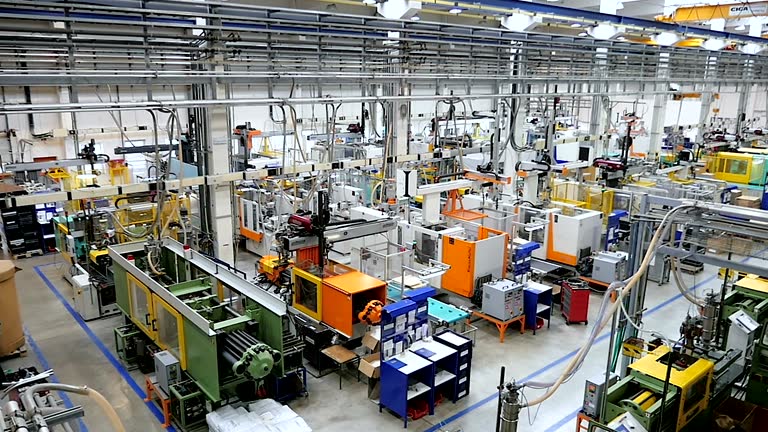
Why Choose NOBLE for Reaction Injection Molding Services Factory
Expertise
When you need custom parts, you want a team that knows what they are doing. NOBLE is one of the top rapid prototype factories in China. Our engineers have many years of experience with reaction injection molding. We help you through every step, from design to finished parts. Whether you need prototypes for automotive parts or medical devices, NOBLE has done it before. Our specialized engineers know how to handle tricky shapes and special materials. You can also ask about rapid prototyping or prototype making for robot parts. Our technical support makes your project easier and smoother.
Quality
You want your parts to look good and last a long time. NOBLE uses strict quality checks on every project. We test each part to make sure it meets your needs. If you need prototype manufacturing for medical devices, you can trust our quality. We use the best materials and modern machines, and have a range of relevant qualifications, such as ISO9001 and ISO13485. Our team checks for smooth surfaces and strong finishes. Whether you need one sample or a large batch, you get parts that work well. NOBLE is a reliable prototype supplier in China for orders big and small.
NOBLE’s quality control helps you avoid problems later. This saves you time and money by getting it right the first time.
Getting Started
Starting your project with NOBLE is simple. Just send your design or idea to our team. We review your needs and suggest the best way to make your parts. You will get a clear quote and timeline. If you want custom machining or prototype production for car parts, just let us know! NOBLE guides you through every step, from choosing materials to final delivery. You can ask questions anytime. Our support helps you move quickly from idea to finished product.
Ready to try reaction injection molding? Contact NOBLE, your trusted prototype manufacturer in China, and see how easy it is to get started!
If you want parts that are strong and light, reaction injection molding is a good choice. It lets you make parts with hard shapes and complex designs. The molds cost less money than regular injection molding. You don’t have to wait long to get your parts. This makes RIM great for making car or medical prototypes quickly. Look at the table below to see the main points:
| Benefit | Why It Matters |
| Design Flexibility | Complex, custom parts made easy |
| Cost-Effective Tooling | Saves money on molds and setup |
| Fast Production | Great for prototype manufacturing |
If you choose a good prototype factory in China, like NOBLE, you get better parts. They can help you make car or medical prototypes that fit your needs.
FAQ of Reaction Injection Molding
What makes reaction injection molding different from regular injection molding?
In RIM, two liquids are mixed. They react and form a strong part. Regular injection molding melts plastic pellets instead. RIM uses less pressure and heat. This helps you make bigger and more complex shapes. NOBLE in China can help with both methods.
Can I use reaction injection molding for rapid prototyping?
Yes, you can use RIM for rapid prototyping. It produces strong parts quickly. You can test new ideas for car or medical parts. NOBLE helps you get prototypes fast and move from idea to part.
Is reaction injection molding good for automotive parts prototyping?
Yes, RIM works well for car parts prototyping. You can make lightweight bumpers and panels. You can try new shapes without spending a lot on molds. NOBLE in China offers fast and flexible car part prototyping.
How do I start a prototype machining project with NOBLE?
Send your design or idea to NOBLE. Our team reviews your needs and gives advice. You get a clear price and timeline. NOBLE supports medical, robot, and other prototype parts.

